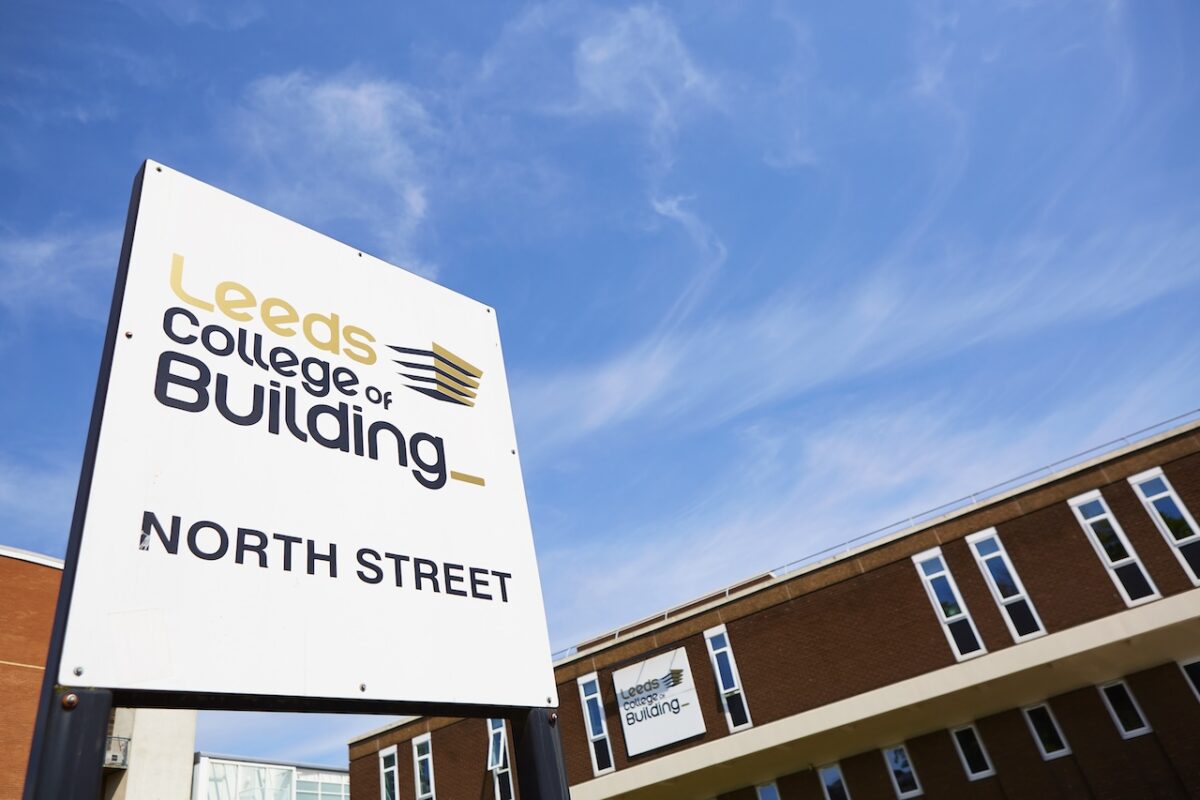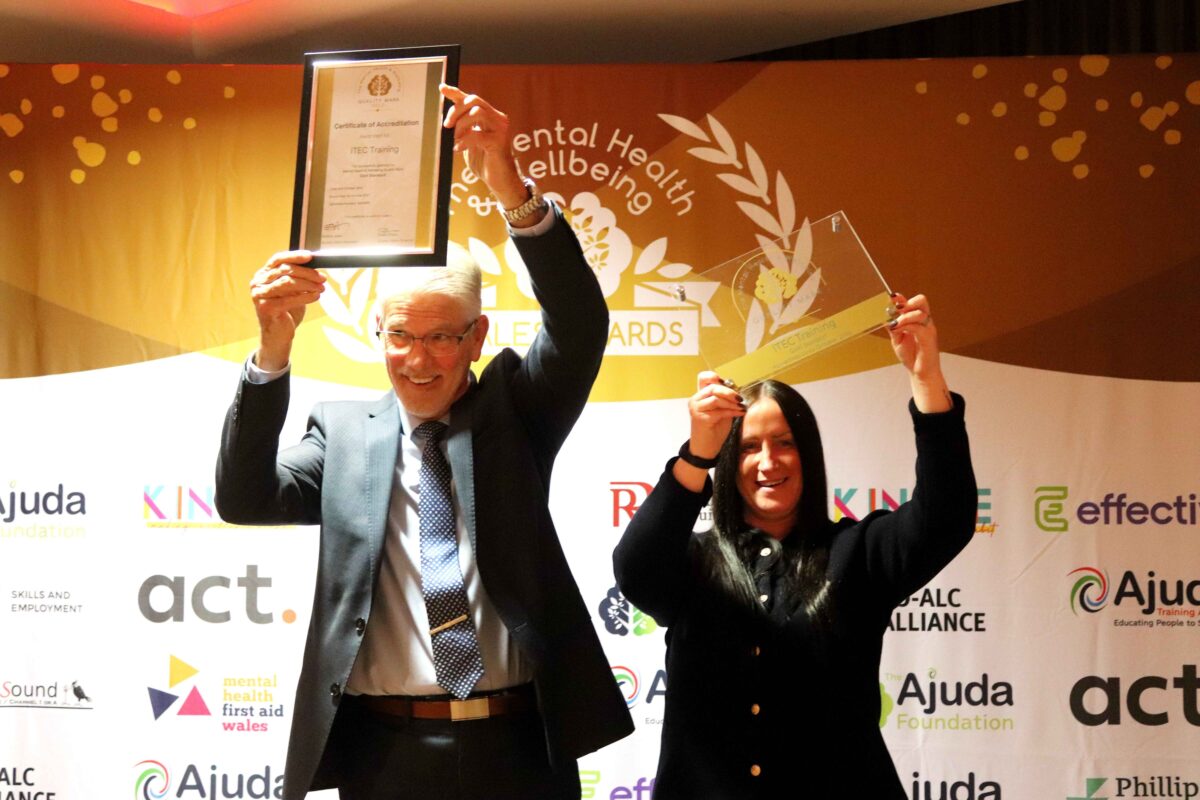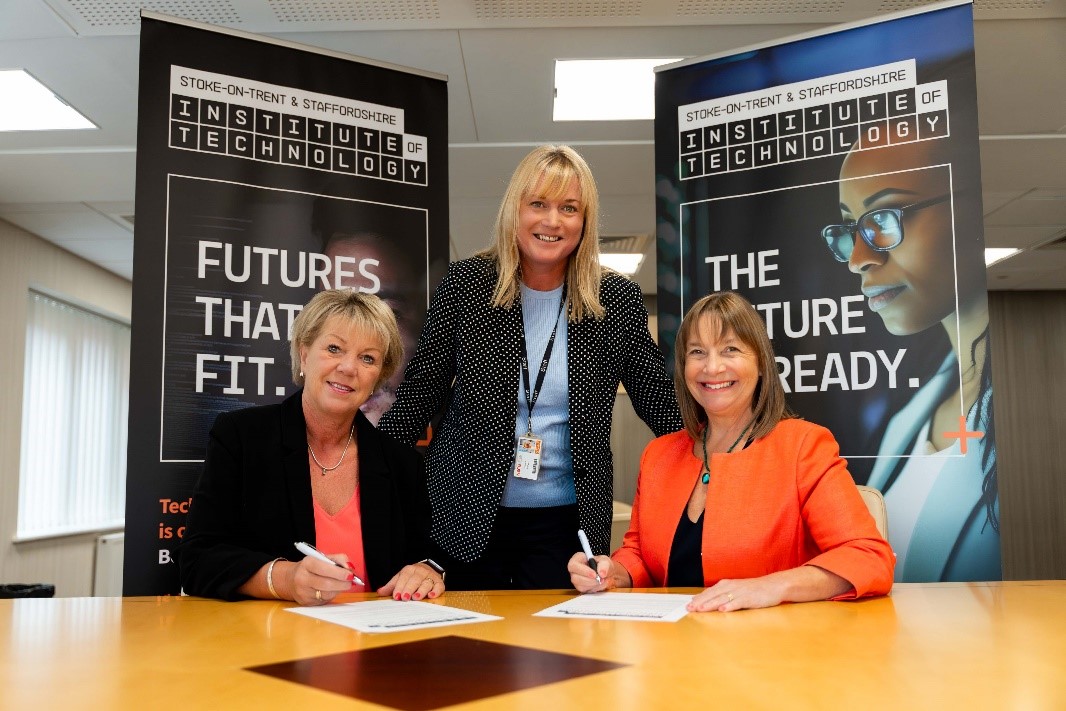Building a culture of trust

TRUST – ‘Having a firm belief in the reliability, truth, or ability of someone’ (Oxford Dictionary).
Trust is crucial in building a healthy culture, effective communication, collaboration and commitment. It underpins strong working relationships and greater creativity and innovation, generating solutions that deliver better results. Trust also improves the engagement and wellbeing of staff, leading to improved retention and lower absences.
On the flip side, low trust has a detrimental impact. This may stem from insecurity about a leader or manager’s ability to achieve goals; confusion about roles and responsibilities; a lack of transparency or misconceptions about decision making; poor communication and perceived unfairness or unpredictability. All of which can lead to dissatisfaction, low psychological safety, gossip and cliques. A lack of trust breeds suspicion about a leader’s agenda, motive, capacity or capability. Employees in low-trust environments are more inclined to do the minimum necessary to fulfil their role.
Having a reputation as someone who delivers results really does matter. It provides credibility and means people are more likely to trust you. Trust is reciprocal – so as a leader or manager you must trust team members first if you want their trust in return.
According to Stephen M R Covey, author of ‘The Speed of Trust’, trust comes from both character and competence. Character is built based on integrity, motive and intention; and competence is recognised through an individual’s capabilities, skills, results and track record. Both are vital to establish, grow, extend and in some cases restore trust between all stakeholders in an organisation, and is therefore a ‘critical competency of leadership today’1.
Ohio State University (2021) added an additional element, communication – ‘the willingness to share information, tell the truth, admit mistakes, and maintain confidentiality.’2 Day to day this means; engaging in one-to-one conversations with staff; sharing clear expectations: praising the behaviours you want to observe and holding staff to account when performance or behaviours are not to the required standard.
And the good news is that trust is a learnable competency.
To be trustworthy you must consistently model behaviours that you expect from others:
- Behave in a reliable and predictable manner
- Deliver on promises and demonstrate commitment
- Talk respectfully about others and never behind their back – use the same language and comments when discussing an individual’s performance as you would if the person was in the room
- Act with integrity, honesty and fairness when making decisions
- Acknowledge mistakes and take responsibility for addressing them
- Act with humility and actively seek to praise others
- Keep the confidences of others
- Display positive intent – for example supporting a team member who is underperforming.
Consider how trust is built. Previous performance is largely responsible for an individual’s reputation and as a result their perceived trustworthiness. However, levels of trust are dependent on the current time and actions being taken now. When a school or college is facing challenges or changes, trust can wane.
Even though your reputation and the trust others have in you may have taken years to build, it can be quickly lost. Past performance is not the deciding factor, and we know only too well, the need to continually deliver results.
Four steps to delivering results
- Identify clear goals and outcomes with prioritised actions and timelines in which to achieve them. Once the goal and outcomes are outlined, allow staff to have some autonomy about implementation and how they achieve the goals. Trusting leaders give others space, and understand how to provide support from a distance.
- Ensure that others understand your intent – the reasons behind your actions, ‘why’ you made that decision or are pursuing that goal – and that your reasons are positive and beneficial to others.
- Be confident and create a climate of high expectations. Confidence also means admitting and accepting when mistakes happen – reflecting on them and developing a new understanding. This ‘intellectual humility’ shows you are open to other opinions and perspectives and willing to compromise; fostering positive relationships and encouraging others to follow suit, be open and share their views. And with more ideas being considered, there will be more creativity and engagement.
- Communicate clearly with all staff. Ensure everyone is informed and hears ‘the same message’, so your intentions are not misconstrued. Give staff the opportunity to ask questions so any misconceptions can be addressed.
Trust sits at the core of our relationships, both in our workplace and our personal lives. It is underpinned by behaviour and having confidence in others. In a trusting environment, staff enjoy their work, collaborate more effectively and are more efficient and creative. Trust is a lived value and central to a healthy culture.
For further information, support and advice about creating a culture with staff wellbeing at its centre, please contact welbee.co.uk.
Mark Solomons, Author of ‘What Makes Teachers Unhappy and What Can You Do About It’, founder and CEO of Welbee, supporting MAT, school and college leaders to transform culture, and improve staff wellbeing and performance.
FE News on the go…
Welcome to FE News on the go, the podcast that delivers exclusive articles from the world of further education straight to your ears.
We are experimenting with Artificial Intelligence to make our exclusive articles even more accessible while also automating the process for our team of project managers.
In each episode, our thought leaders and sector influencers will delve into the most pressing issues facing the FE sector, offering their insights and analysis on the latest news, trends, and developments.











Responses